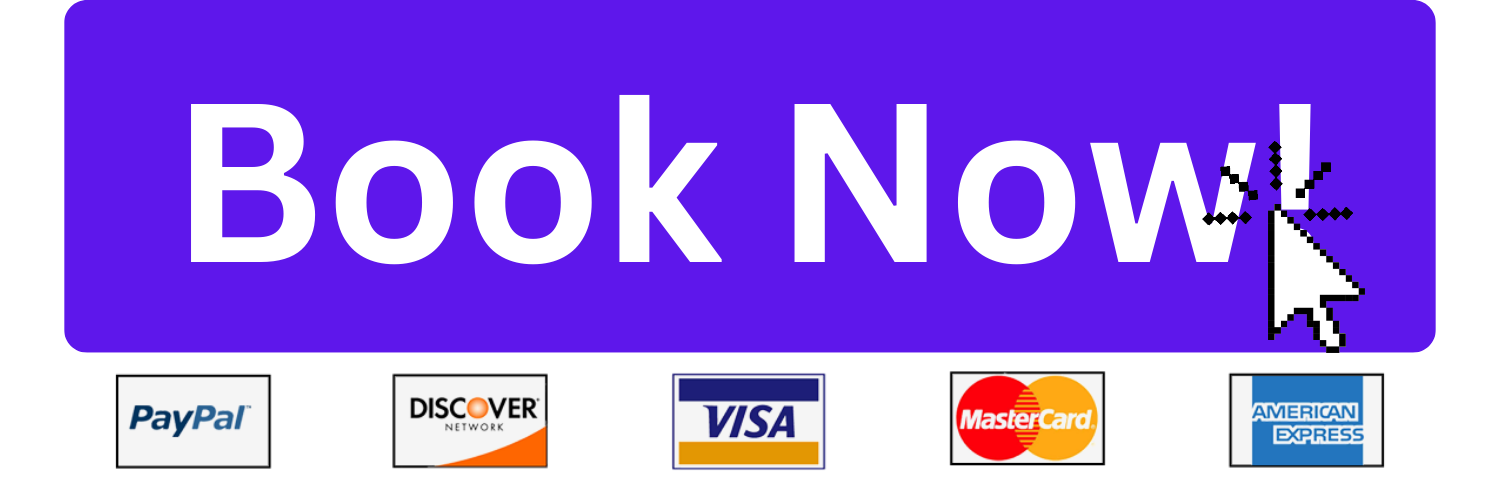How do the three financial statements work together
The three main financial statements—income statement, balance sheet, and cash flow statement—work together to provide a complete picture of a company’s financial health. Each statement serves a unique purpose, but they are interconnected, allowing stakeholders to gain insights into the company’s performance and stability. Here’s how they work together:
1. Income Statement
The income statement shows how much money a company earned and spent over a specific period, usually a quarter or a year. It includes:
- Revenue: The total money earned from sales.
- Expenses: The costs incurred to generate that revenue.
- Net Income: The profit or loss after subtracting expenses from revenue.
Example: If a company earns $100,000 in revenue and has $70,000 in expenses, the net income would be:
2. Balance Sheet
The balance sheet provides a snapshot of what a company owns (assets), what it owes (liabilities), and the difference between the two (equity) at a specific point in time. It follows this equation:
- Assets: Resources like cash, inventory, and equipment.
- Liabilities: Debts such as loans and accounts payable.
- Equity: The owners’ claim on the assets after liabilities are paid.
Example: If the same company has $150,000 in assets and $50,000 in liabilities, its equity would be:
3. Cash Flow Statement
The cash flow statement tracks how cash moves in and out of the business over time. It is divided into three sections:
- Operating Activities: Cash generated from day-to-day business operations.
- Investing Activities: Cash used for buying or selling long-term assets.
- Financing Activities: Cash received from or paid to investors and creditors.
Example: If the company generates $40,000 from operations but spends $10,000 on new equipment and pays back $5,000 in loans, its net cash flow would be:
How They Work Together
- Net Income Connection:
- The net income from the income statement affects the balance sheet by increasing retained earnings under equity. For example, if the company has a net income of $30,000 for the year, this amount will be added to retained earnings on the balance sheet.
- Cash Flow Impact:
- The cash flow statement starts with net income from the income statement but then adjusts for non-cash items (like depreciation) and changes in working capital (like accounts receivable). This shows how much actual cash was generated or used during the period.
- Balance Sheet Adjustments:
- Changes in cash flow affect the cash balance on the balance sheet. If cash increases by $25,000 due to positive cash flow from operations, this amount will reflect on the balance sheet as an increase in cash assets.
Example
Let’s say our hypothetical company has the following figures:
- Income Statement:
- Revenue: $100,000
- Expenses: $70,000
- Net Income: $30,000
- Balance Sheet Before Changes:
- Assets: $150,000
- Liabilities: $50,000
- Equity (before adding net income): $100,000
After recording the net income:
- New Retained Earnings (Equity) = Old Equity + Net Income = $100,000 + $30,000 = $130,000
So now:
- Assets remain at $150,000 (assuming no other changes).
- Liabilities remain at $50,000.
The balance sheet equation still holds true:
Now let’s look at the cash flow statement:
- Cash from operations is positive ($40,000).
- Cash used for investing activities is negative ($10,000).
- Cash used for financing activities is negative ($5,000).
Thus:
This increase in cash will be reflected on the balance sheet under assets.
Conclusion
The income statement shows profitability over time; the balance sheet provides a snapshot of financial position; and the cash flow statement reveals how cash is managed. Together they create a complete financial picture of a company. Investors and stakeholders can analyze these statements to understand not just how much money a company makes but also how it manages its resources and obligations effectively. This holistic view is crucial for making informed investment decisions or strategic business moves.
"Are you tired of struggling in accounting class? Let us make accounting easy and enjoyable for you."







